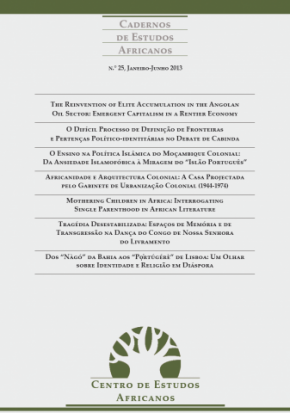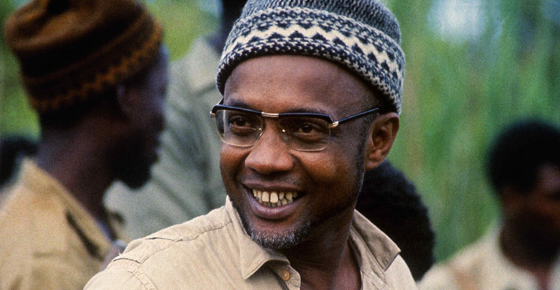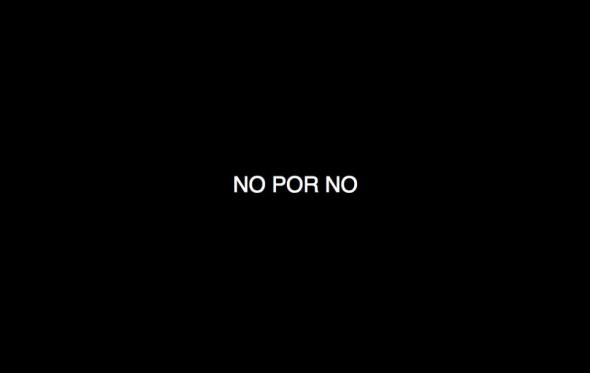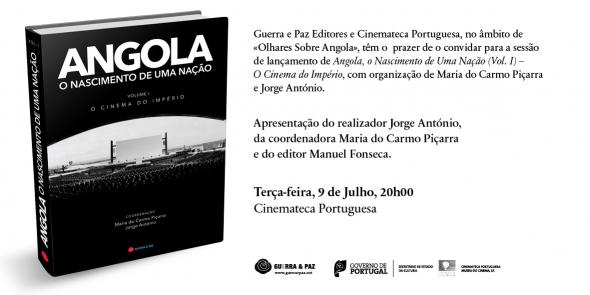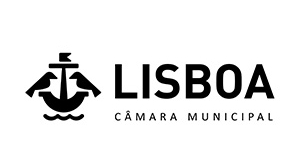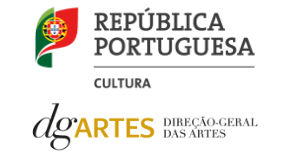Encontro Internacional de Estudos de Performance
5 a 8 de Setembro 2013, Montemor-o-Novo, Portugal uma iniciativa baldio
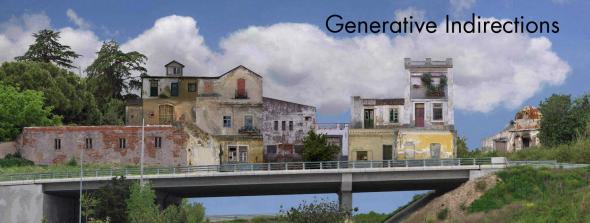
Estão abertas as candidaturas para: Indirecções Generativas – Encontro Internacional de Estudos de Performance, um “Cluster” de Pesquisa Regional da PSi (Performance Studies international). O convite é dirigido à comunidade de investigadores e artistas em artes performativas, artes visuais e outras artes que construam ideias e mundos, para o encontro que terá lugar de 5 a 8 Setembro de 2013, no Convento da Saudação (Espaço do Tempo), em Montemor-o-Novo, Portugal.
O encontro está estruturado enquanto residência: divide-se em momentos de discussão colectiva e em sessões de trabalho para pequenos grupos. Ao fim do dia, terão lugar as conferências públicas, abertas a todos, em dois espaços baldios da cidade de Montemor-o Novo (a anunciar posteriormente).
Investigando a relação entre “formas de vida”, arte, sociedadee política, Indirecções Generativas visa explorar as potencialidades que o campo dos Estudos de Performance oferece na abertura de um espaço crítico situado entre as Ciências Sociais, as Humanidades e a Arte. Ao dar voz a epistemologias contra-hegemónicas, entre a teoria e a prática, a “Indirecção” torna-se um campo magnético que desafia fronteiras disciplinares e questiona formas de acolher o campo dos Estudos de Performance em Portugal no momento actual. Para tal, procuramos problematizar o contexto de onde vimos e as possibilidades produtivas do que poderemos ser. Tendo em conta o contexto da proposta, a problematização da relevância da constituição de um núcleo de Estudos de Performance para o momento actual, em Portugal, emerge e actualiza-se na nossa prática de pensamento.
Entendemos ser relevante receber os Estudos de Performance em diálogo com textos escritos em português – três diferentes tipos de português, vindos de três partes diferentes de um mundo necessariamente pós-colonial –, que servirão como pontos de partida para este encontro, a saber: As Epistemologias do Sul, de Boaventura Sousa Santos, O Manifesto Neo-Animista, de Ruy Duarte de Carvalho e o Manifesto Antropofágico, de Oswald de Andrade. Estes textos convidam-nos a pensar as premissas em que a contemporaneidade assenta por via de discursos não oriundos do cânone centro-euro peu.
O modus operandi deste evento internacional será o conceito de hospitalidade, entendida como uma prática cultural incorporada de receber e ser recebido que abre espaços de contacto e possibilidades de negociação entre o público e o privado, o convívio e a reflexão. Trata-se, acreditamos, de um fazer performativo, simultaneamente afectivo e político, que potencia a construção de pontes entre modos de saber e modos se ser.
Prazo para entrega de candidaturas – 13 Julho 2013
Todas as candidaturas deverão ser enviadas para: generative.indirections@gmail.com colocando no assunto: “Proposta de Candidatura a Indirecções Generativas, Montemor 2013”
___________________________________________________________
OPEN CALL
Generative Indirections
Performance Studies international regional cluster
September 5 to 8, 2013, Montemor-o-Novo, Portugal
a baldio event
Researchers and practitioners of performing arts, visual arts and other arts that perform ideas and worlds are invited to participate in the residency Generative Indirections – Performance Studies International event, a PSi (Performance Studies International) Regional Research Cluster to be held in a 3 day event at Espaço do Tempo (Convento da Saudação), Montemor-o-Novo, Portugal.
The event will have the format of a residency, organised in plenary discussions and workshops. At the end of the day, keynote lectures, open to the general public, will take place at baldios or commons, in abandoned public land, in a performative gesture.
Researching the relations between ongoing artistic, social and political forms of life, Generative Indirections intends to explore the potentialities of performance studies in the critical space between the Social Sciences, Humanities and Art, and give voice to counter hegemonic epistemologies, blurring theory and practice. “In-direction”, thus, becomes a magnetic field, moving between theory and practice, challenging disciplinary boundaries in order to question how Performance Studies can be received in Portugal.
We find it relevant to create a dialogue between Performance Studies and three texts written in different types of Portuguese, from three different parts of a post-colonial world: Epistemologies of the South, Boaventura Sousa Santos (Portugal), Neo-Animist Decalogue, Ruy Duarte de Carvalho (Angola) and Anthropophagic Manifest, Oswald de Andrade (Brasil). These texts will be our starting point for this meeting. They invite us to think about the premises of contemporaneity, in Portuguese, from a non-Eurocentric perspective.
The idea of hospitality, a “doing-together”, is the modus operandi for this international event, through which we hope to build a dialogue whose boundaries are necessarily broad. We ask how Performance Studies can currently be received in Portugal, questioning the context of where we come from and the productive possibilities of what we can be.
Deadline for submission: July 13, 2013
Please submit your application to: generative.indirections@gmail.com. Pease, insert on the subject “Generative Indirections proposal, Montemor 2013”
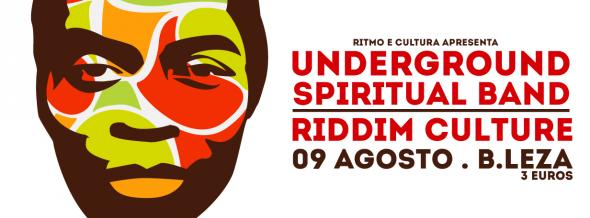
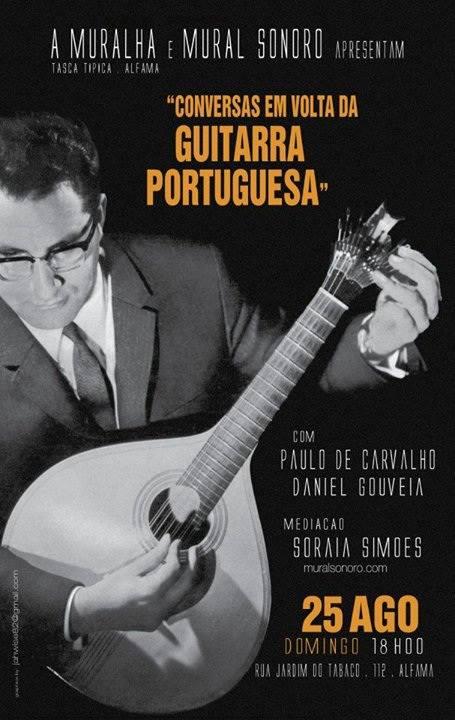
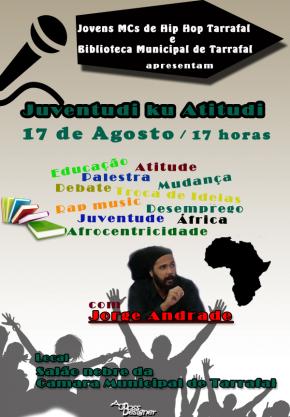 Jovens MCs de Hip Hop Tarrafal e Biblioteca Municipal de Tarrafal convida a população em geral a participar na palestra sobre os factores que dificultam o desenvolvimento da juventude em particular, e da sociedade em geral, o evento conta com debate aberto sobre a juventude e a sua integração na sociedade, contam com convidados como Jorge Andrade e Emerson Pina. O encontro será realizado Sábado, 17 de Agosto, no salão nobre da câmara municipal de Tarrafal, pelas 17 horas.
Jovens MCs de Hip Hop Tarrafal e Biblioteca Municipal de Tarrafal convida a população em geral a participar na palestra sobre os factores que dificultam o desenvolvimento da juventude em particular, e da sociedade em geral, o evento conta com debate aberto sobre a juventude e a sua integração na sociedade, contam com convidados como Jorge Andrade e Emerson Pina. O encontro será realizado Sábado, 17 de Agosto, no salão nobre da câmara municipal de Tarrafal, pelas 17 horas.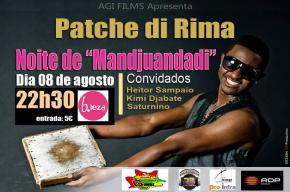 A madjuandadi é, numa tradução nua e crua, a convivência. Convivência essa que se faz, atendendo a numerosos factores, nomeadamente idade, gênero, etnia etc… Mas tendo sempre como pano de fundo a música, o cantar guineense que exterioriza o sentimento humano em todos os seus estados, recorrendo muita das vezes aos (proverbios) ditos para fazer passar as mensagens.
A madjuandadi é, numa tradução nua e crua, a convivência. Convivência essa que se faz, atendendo a numerosos factores, nomeadamente idade, gênero, etnia etc… Mas tendo sempre como pano de fundo a música, o cantar guineense que exterioriza o sentimento humano em todos os seus estados, recorrendo muita das vezes aos (proverbios) ditos para fazer passar as mensagens.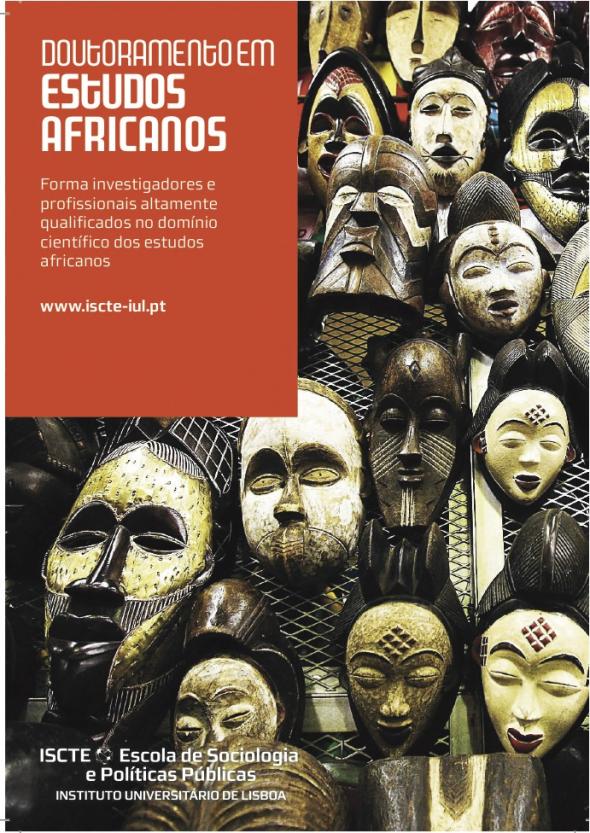 O Programa de Doutoramento em Estudos Africanos forma investigadores e profissionais com uma visão compreensiva e prospetiva aprofundadas das principais problemáticas sociais e socioculturais, políticas e económicas africanas, a par do domínio aprofundado de métodos e técnicas de investigação em África. Os doutorandos adquirem competências para a produção de novos conhecimentos sobre a realidade social e sócio-cultural, política e económica africana, para formulação e conceção de programas e projetos de natureza socioeconómica e sociopolítica, bem como reforçam as competências técnicas e de liderança na conceção, gestão e avaliação de políticas, programas e projetos em África.O 1.º ano oferece formação avançada em Estudos Africanos e métodos de investigação, para além de informação sistemática sobre a produção científica nesta área e de um Seminário de Projeto de Investigação. Os 2.º e 3.º anos, durante os quais é desenvolvida a pesquisa e elaborada a tese, são acompanhados de um Seminário de Investigação e de um Ciclo de Conferências.Uma relação estreita com o Centro de Estudos Africanos (CEA/ISCTE-IUL), reconhecido pela FCT e avaliado com elevada classificação, contribui para oferecer um ambiente propício à formação avançada ao nível do doutoramento.
O Programa de Doutoramento em Estudos Africanos forma investigadores e profissionais com uma visão compreensiva e prospetiva aprofundadas das principais problemáticas sociais e socioculturais, políticas e económicas africanas, a par do domínio aprofundado de métodos e técnicas de investigação em África. Os doutorandos adquirem competências para a produção de novos conhecimentos sobre a realidade social e sócio-cultural, política e económica africana, para formulação e conceção de programas e projetos de natureza socioeconómica e sociopolítica, bem como reforçam as competências técnicas e de liderança na conceção, gestão e avaliação de políticas, programas e projetos em África.O 1.º ano oferece formação avançada em Estudos Africanos e métodos de investigação, para além de informação sistemática sobre a produção científica nesta área e de um Seminário de Projeto de Investigação. Os 2.º e 3.º anos, durante os quais é desenvolvida a pesquisa e elaborada a tese, são acompanhados de um Seminário de Investigação e de um Ciclo de Conferências.Uma relação estreita com o Centro de Estudos Africanos (CEA/ISCTE-IUL), reconhecido pela FCT e avaliado com elevada classificação, contribui para oferecer um ambiente propício à formação avançada ao nível do doutoramento.
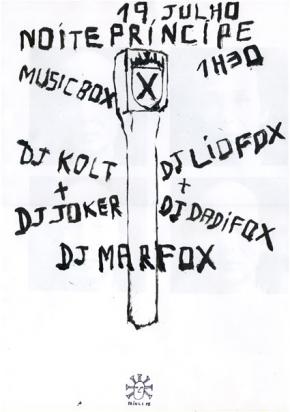
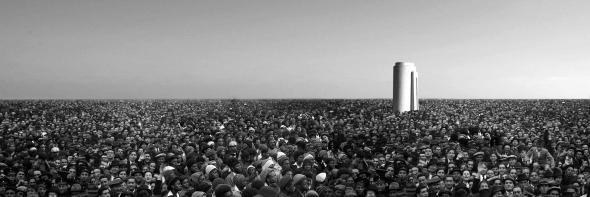

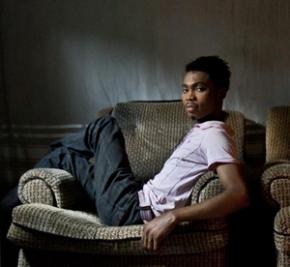 O trabalho de Esiebo articula uma abordagem documental – com tópicos que vão desde a sexualidade a questões de género, da urbanização à migração, etc. – e introduz elementos estéticos que nos levam a uma leitura mais poética e ficcional destes mesmos tópicos.
O trabalho de Esiebo articula uma abordagem documental – com tópicos que vão desde a sexualidade a questões de género, da urbanização à migração, etc. – e introduz elementos estéticos que nos levam a uma leitura mais poética e ficcional destes mesmos tópicos. 